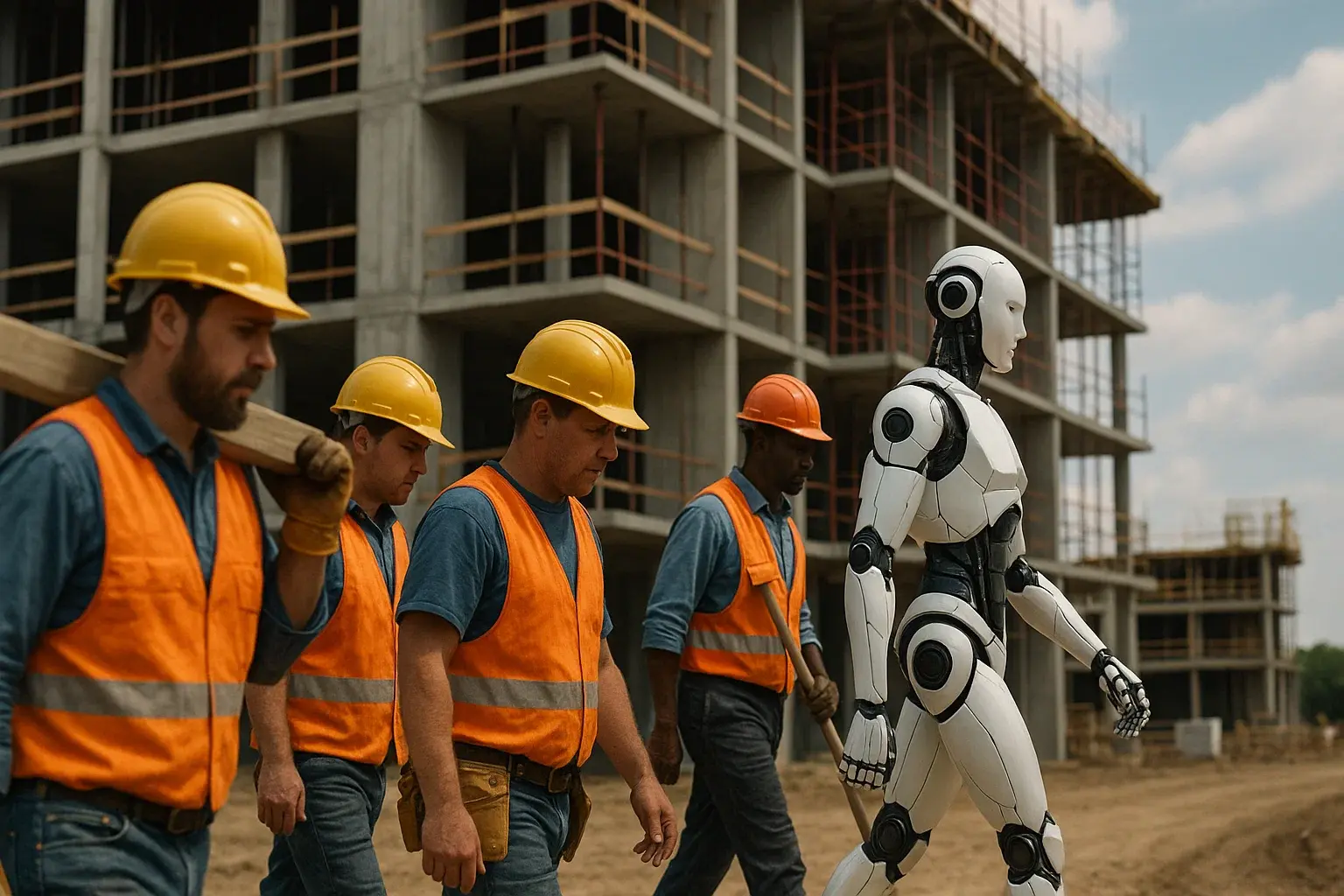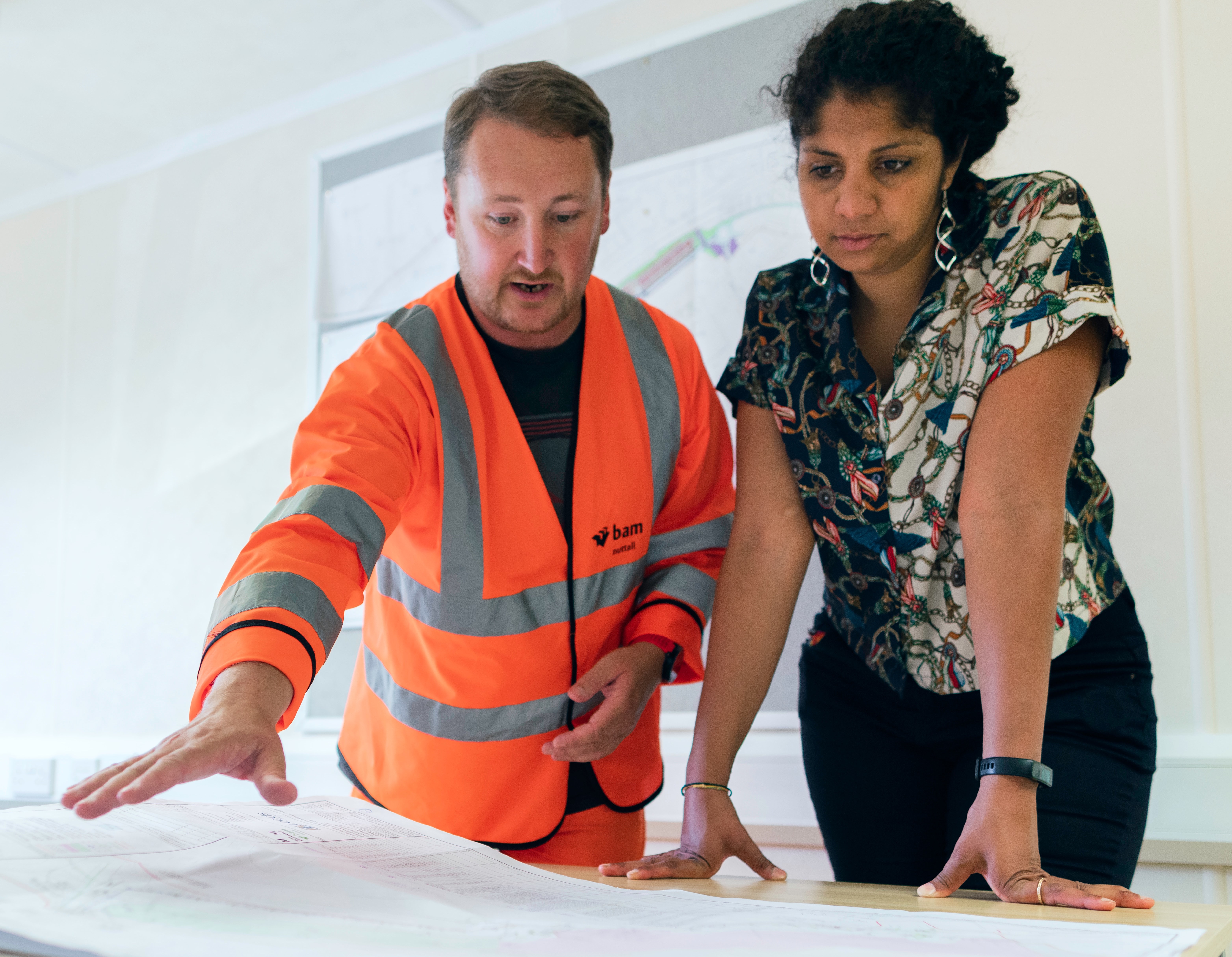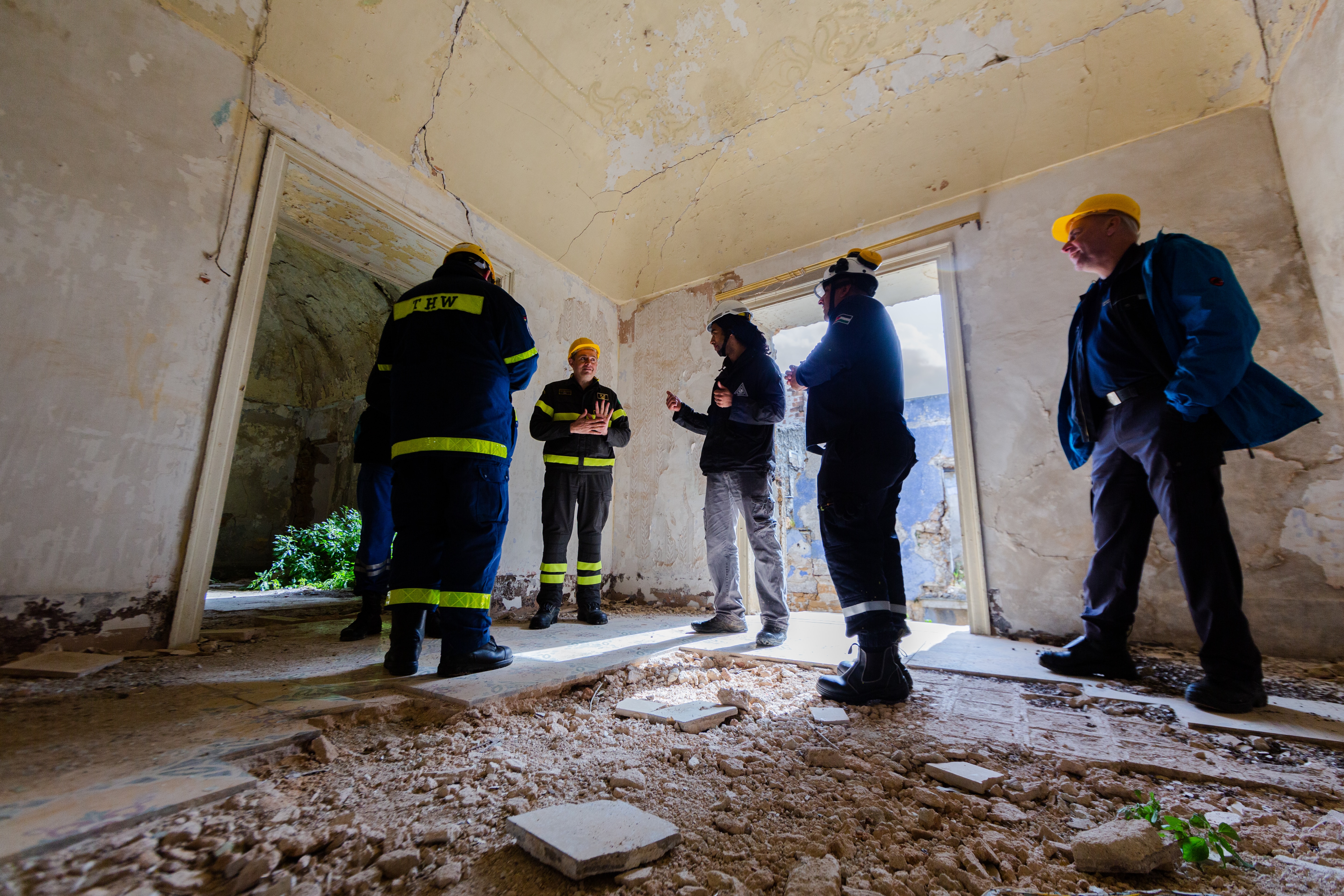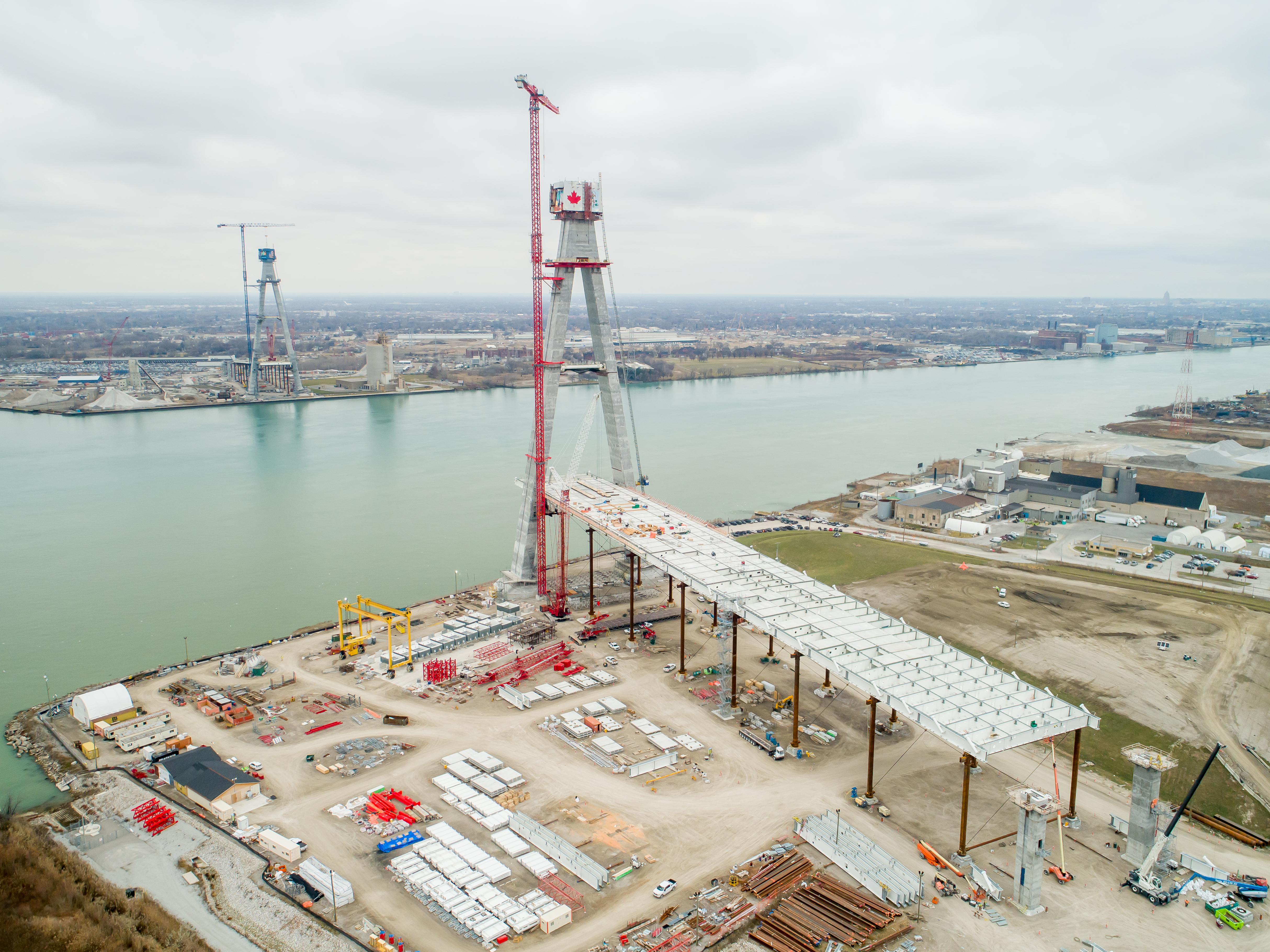From the Industrial Age to the Age of Intelligence
Until the Industrial Revolution, growth was measured in centuries, not decades. Steam, steel, and mechanization accelerated progress at a scale no society had seen before — multiplying human muscle with machines.
Now AI is doing the same for cognition. It can process, analyze, and generate at a speed no society has seen before — and construction is right in the middle of that shift.
AI Impact on Construction Roles
.png?width=1979&height=1380&name=output%20(5).png)
At the top of the chart are the roles most exposed: repetitive, documentation-heavy tasks such as cost estimation, scheduling, and document control. Professionals highly specialized in these areas will need to adapt — by learning to work with AI tools or by broadening their scope into more integrated project activities.
At the other end of the chart are functions where machines still cannot match the level of detail and improvisation that humans bring on site. Delicate construction tasks remain highly dependent on manual skill. Equipment operators, however, will likely see their roles evolve: instead of controlling machines in isolation, they will need to master more advanced systems that combine AI, software, and visual monitoring of the jobsite.
Where AI Shines — and Where It Stumbles
AI excels in structured, data-heavy work: estimation, scheduling, document management, and rendering. StartUs Insights projects the AI-in-construction market will grow from $4.86B in 2025 to $22.68B by 2032, a CAGR of 24.6%.
But AI still struggles with context, judgment, and trust. Client relationships, design creativity, project critique, and project management remain human domains. Algorithms can flag risks or generate options, but only people can weigh culture, resolve conflicts, or navigate the chaos of a real jobsite.
The New Center of Value
For architects, engineers, and builders, the shift is clear: less time producing documents, more time curating options, guiding strategy, and coordinating teams.
The skills that will matter most go beyond technical expertise alone: asking sharper questions, interpreting context, and connecting technical knowledge into AI-driven interfaces. The future professional is less about producing outputs, and more about enabling collective decisions with the right insights at the right time.
The Industrial Revolution didn’t erase work — it redefined it. AI is doing the same, only faster. For AEC professionals, the opportunity isn’t to fight automation but to claim the spaces it cannot fill: creativity, critique, and human connection. Those who do won’t just adapt — they’ll define the next era of building.
Subscribe to the newsletter and stay in the loop




